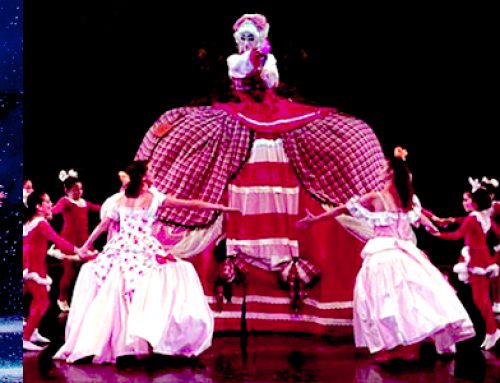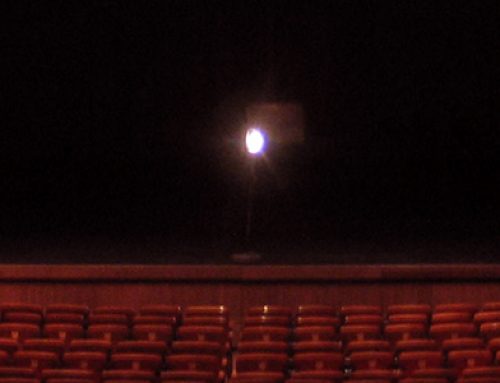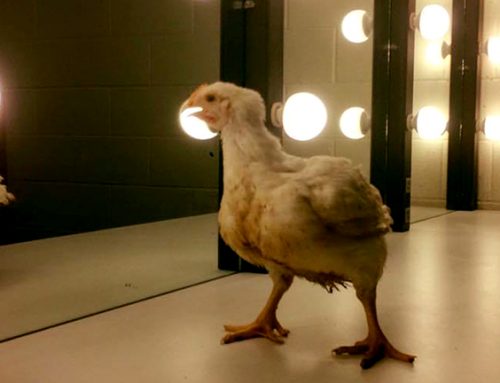When I started here at The Purchase PAC back in the 2004-2005 season , most of our counterweight fly systems still had manila (hemp) hand lines in their operating system and hemp for the breasting / pick lines. Over the years and as funds have become available, we have replaced the 215 line sets in three out of our four theatres with approximately 25,800 feet of much more efficient polyester rope. Polyester rope, unlike manila / hemp, is stronger, has little-to-no stretch and is resistant to building temperature fluctuations and moisture, which is key in such a large facility.
Since the operating lines were our first priority and they are now done, we are moving on to replacing all of our hemp breasting / pick lines. Although this task will not be as daunting as replacing all the operating lines, we will be replacing approximately 12,000 feet of old, moldy, frayed hemp with a different polyester rope referred to as Multiline II. This polyester rope has the same desired elements of the other polyester rope and now will make all the backstage crew and students happy to use instead of the hemp line (think bad splinters). With these changes we are creating a safer environment, modernizing and increasing the life span of all the ropes.
Backstage facts: The crew person hired to run the rail, which is what moves all the drops, soft goods, and lighting and calculates all the weigh loads is call the HEAD RAIL position. The person who goes to mid-rail and loads the weight on a counterweight fly system is called the WEIGHT FLOOR position.
Parts of a fly operating system:
- Batten: The pipe or truss to which the scenery, curtains or lights are attached over the stage
- Lift lines: The wire ropes that suspend the batten from the loft blocks
- Loft block: A pulley mounted to the gridiron of a performance space or to the building’s support steel, to support the lift lines and change their direction between the load (on the batten) and the head block. There are several loft blocks for each batten, and each supports a portion of the total load.
- Head block: The pulley, or block, mounted to the building’s support steel that guides the wire rope between the arbor (see below) and the loft blocks. The head block bears the full load of the set, and changes the direction of the lift lines.
- Arbor: The carriage that holds the weights that counterbalance the load on the batten.
- Hand line (also called Operating Line): The rope that allows the operator to control the movement of the set.
- Rope lock: This lever holds the batten in position when the load is balanced. A rope lock is not intended to hold a load that is heavily out of balance while you load or unload the arbor. It is also not intended as a brake, or to slow the speed of a set.
- Locking rail: A horizontal metal rail, with a row of rope locks—one for each counterweight set.
- Tension floor block: The return pulley for the hand line, which is weighted to keep tension in the hand line.
-Christy Havard, Director of Production




